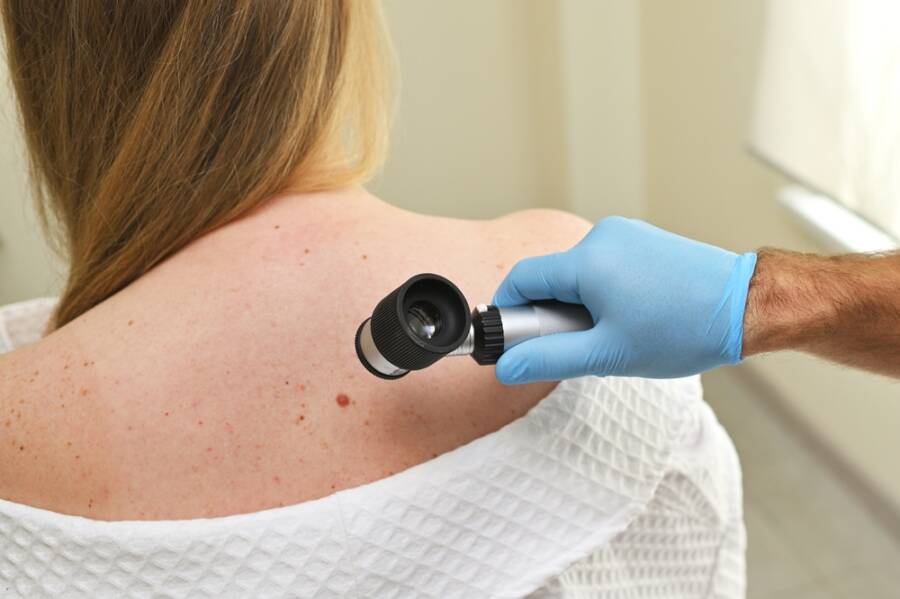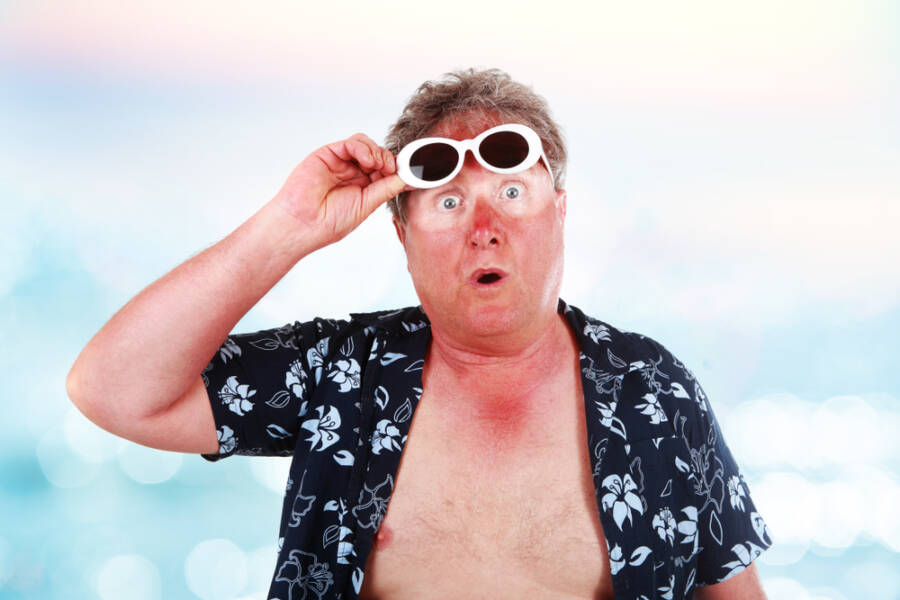Believing these sunscreen myths can be incredibly harmful to your skin!
Each time summer approaches, the debate about wearing or not wearing sunscreen starts, and with each passing year, people become more and more confused. New, more efficient products appear on the market, and experts recommend them.
During the same time, the anti-sunscreen movement starts spreading rumors on social media, advising people not to buy the new products, and this is how new sunscreen myths are born every year.
The company Glam analyzed data using Google Trends and found out that, starting in late May, several questions stood up, and all of them were linked to skin cancer. The searches for questions like “What causes cancer in sunscreen?” “Does sunscreen cause cancer?” or “Does the sun cause skin cancer?” increased between 70 and 170%!
This is why we have decided it’s finally time to make everything clear and stop online propaganda by explaining some of the most common sunscreen myths and explaining why they are false. Ready to find out more and learn how to protect your skin better?

1. Skin cancer incidence increased in the late 1970s because people started to wear sunscreen
It is true that over the years, cases of skin cancer have become more common, but is sunscreen to blame for it? Obviously, the answer is no. There are more factors that, when combined, increase the risk of developing skin cancer. Increased recreational sun exposure, an aging population, and the fact that people are now more aware, go to the doctor, and get a diagnosis are just the main ones.
Also, the UV rays are stronger than ever, and this happened because of climate change. Each year we hit record-high temperatures, and this surely has an impact on how common skin cancer is.
According to the American Academy of Dermatology Association, these are a few factors that increase the risk of skin cancer. If you had five or more blistering sunburns between ages 15 and 20, your risk of melanoma increased by 80% and your risk of nonmelanoma skin cancer by 68%.
Also, if you have atypical moles, more than 50 moles, or large moles, you are part of the risk group. Using tanning beds is another factor that increases the risk of getting skin cancer. Lastly, if you have red or blonde hair, skiing that burns easily, or a history of excessive sun exposure, you are at risk for all skin cancer types.
As you can see, there are a multitude of factors that increase the risk of developing skin cancer, and sunscreen is not one of them. Actually, sunscreen is the most effective way to protect yourself from the harmful sun while you are outside.
No one gets cancer from wearing sunscreen. This is just one of the sunscreen myths spread by anti-sunscreen propaganda, and it is actually one that can put your life in danger.
2. If you have darker skin you don’t need sunscreen
This is another one of the sunscreen myths that was always popular, and it seems that now people have managed to bring it back to life after a period when everybody stopped talking about it.
No matter if you have darker or lighter skin, all skin types are susceptible to sun damage, and the only way to protect yourself is by wearing sunscreen. Yes, it is true that those who have darker skin need longer sun exposure until the skin is damaged, and this happens due to melanin, the pigment that gives color to the skin.
But even if you have this genetic advantage, the protection you get is small, and it doesn’t prevent sun damage elsewhere. You can still get suicidal, and you are still at risk of getting skin cancer. This is why it is not healthy to believe sunscreen myths, and even if you have dark skin, always apply sunscreen 20 minutes before going out.
3. Chemical-based sunscreen is bad, and because of this, you should use mineral-based sunscreen
There are two main types of sunscreen: the mineral-based one and the chemical-based one. The first type has mineral ingredients that are also found in nature, such as zinc oxide or titanium dioxide. The second one is completely chemical-based, but that doesn’t mean it’s toxic.
Both of them are perfectly safe, and choosing one or another is just a matter of preference. Sunscreen myths keep spreading the falsehood that chemical sunscreen is harmful, but we are here to explain more about it.
Mineral sunscreens work as physical blockers. They simply and effectively block the UV rays and then reflect them away from your skin. Chemical ones absorb the UV rays and then scatter them, being more efficient at protecting you from more types of UV rays.
One aspect that makes mineral sunscreens more suitable for people with sensitive skin is that they have a lower risk of causing rashes or irritations compared to their chemical counterparts. But again, this is not a matter of toxicity.
One thing experts warn us about is sunscreens that have scents, fragrances, and perfumes because these ones can also cause irritations of the skin. Also, oxybenzone and octinoxate are compounds that are now banned in most sunscreens because they have devastating consequences for the marine environment.

4. There is no concrete proof that the sun causes cancer
This is another one of the dangerous sunscreen myths that keep spreading in the online world like wildfire. On TikTok, Facebook, or Instagram, some people keep promoting the idea that there is not enough proof to believe that sun can cause skin cancer, and because of this, we don’t need to wear sunscreen.
But doctors don’t agree with this. They say there are decades of epidemiological studies and evidence that there is a clear connection between skin cancer and sun exposure. UV rays damage the skin cells by affecting their DNA, and this is how they get mutations that later might turn into skin cancer.
Generally, your body can repair small damage, but longer-term sun exposure damages the cells at a faster rate than the body can repair, and the affected cells die. The skin will react with an inflammation that is most commonly known as a sunburn. Most of the time, it takes the inflammation between 4 and 6 hours to start, and this is why we get sunburn without even noticing it.
Because the cells that are too damaged by the sun die, your skin starts to peel off a few days after you get the sunburn. The surviving cells are usually so damaged that they are not able to protect themselves from further sun exposure. Unfortunately, these cells are now mutated, and they can become precancerous and later cancerous.
5. If your sunscreen is SPF 50, you don’t need to reapply
SPF stands for sun protection factor and represents how well the sunscreen protects your skin. This is not an indicator of how much time it takes to get sunburned, and because of this, keep in mind that you should reapply any type of sunscreen every two hours.
Some sunscreen myths say that if the sunscreen is SPF 50, there is no need to reapply, and this is how many people who are exposed for longer periods to UV rays get sunburned.
If you find it hard to remember when to reapply, you can choose to use physical blockers (mineral sunscreens). This type of sunscreen leaves a white cast, and as long as you can see the white, it means that the sunscreen is still working.
Looking for a new sunscreen you can use this summer when going to the beach? This one might be an amazing choice: Hawaiian Tropic Everyday Active Lotion Sunscreen SPF 50, 8oz
You should also read: 9 Benefits and Dangers of Sunlight






